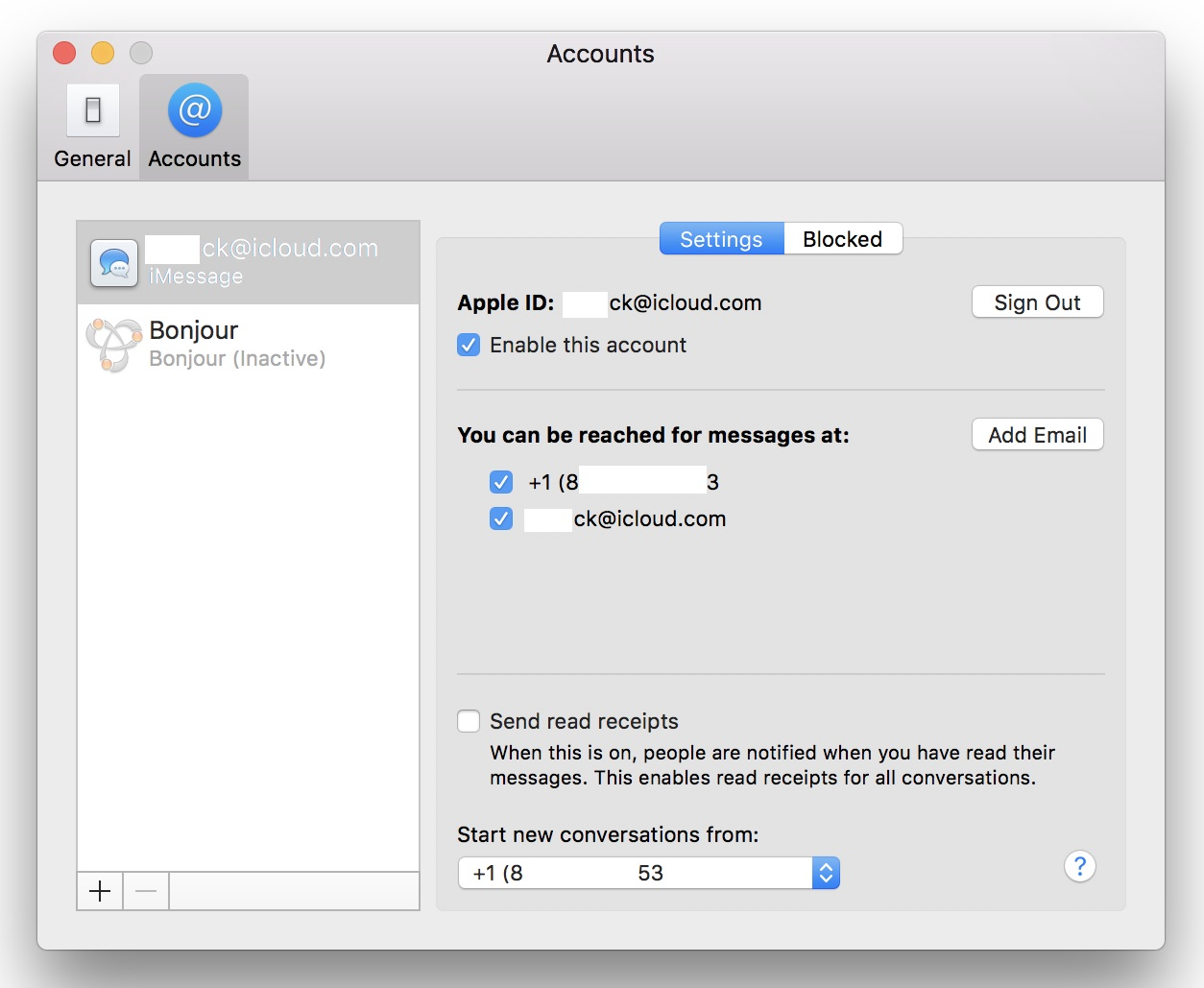

- #Create a plain text file on pc for mac how to
- #Create a plain text file on pc for mac mac os
- #Create a plain text file on pc for mac install
- #Create a plain text file on pc for mac software
#Create a plain text file on pc for mac mac os
MacOS (formly named Mac OS X) is just a variant of popular Unix based operating system.
#Create a plain text file on pc for mac how to
Method 1: How to Create Bootable USB Installer for Mac via Commands Method 3: Create macOS Bootable USB Drive on Windows.Method 2: Make a macOS Bootable USB by WizDMG.Method 1: Create a Bootable Installer for Mac via Commands.Once the file has been downloaded to your PC, you can proceed with one of the bootable disk creation methods shown below. For example, if you want to create a bootable macOS Mojave installer, you will need the DMG file for macOS Mojave. You will first need to download the DMG file for the macOS version you wish to install.
#Create a plain text file on pc for mac software
Here's how to do it from text commands and using a purpose-built software called WizDMG. To create a bootable macOS installation disk, you have to burn the DMG file to a USB drive as CD/DVD is not available for Mac computers. It can also help in situations where the operating system is corrupted or installation from app store shows errors.
#Create a plain text file on pc for mac install
Rather than download and install a new OS from Apple's servers each time, it can be used for multiple installations on different machines. I use a limited number of tags in note titles but many more in note headers.Learning how to create a bootable macOS installation disk can be helpful in a variety of situations. I add tags to notes, too, to identify those notes more specifically and make them easier to find. MultiMarkdown defines some standard document headers in the notes above, date: is one. I also follow MultiMarkdown syntax in my notes, which provides rudimentary formatting in plain-text and makes it possible to convert such text to HTML, Microsoft Word, PDF, and other formats. That lets me search for all notes with that string and see all notes related to that project. For example, my birthday party notes are have _party in a Project field. I also include information there to establish context. So I insert a date of my own at the top of each note. The files’ time-stamps may not be reliable long term, especially when syncing through an online service like Dropbox. That’s metadata.įor example, I add the date the note was created. You’ll notice that each of those notes contains material-often set off with punctuation such as and _-that isn’t part of the note body. The key: they’re all connected by metadata. Each of those notes is independent of the others, but together they all form a project. Again, I don’t need to find my other notes or figure out where to insert the new information I just create a new note for gifts:Īs the weeks go by, I build up a collection of similar notes for other party details-party invitation text, a grocery list for birthday-cake ingredients, and so on. That evening at home, I’m sitting at my Mac and open up nvALT to create a list of gift ideas. While iCloud is becoming a more common cloud-syncing option among text editors, it still has a long way to go to be as ubiquitous and reliable as Dropbox. Doing so means I can get access to them from any computer or iOS device, and via the Web I also get version control (through Dropbox’s history and restore functions), which has been a lifesaver on those occasions when an application eats my notes. But those short notes can be aggregated and searched, forming a complex network of related information. My system is largely based on many short notes, each one simple and specific, rather than a bunch of longer ones. I have a note that explains how to reprogram my car stereo when my battery dies, another with the measurements of all of the rooms and furniture in our house (furniture shopping sometimes happens unexpectedly). For example, I have one plain-text note containing a list of my favorite books and another one for the books I want to read in the future. Notes, on the other hand, contain a single idea or a concrete plan.


 0 kommentar(er)
0 kommentar(er)
